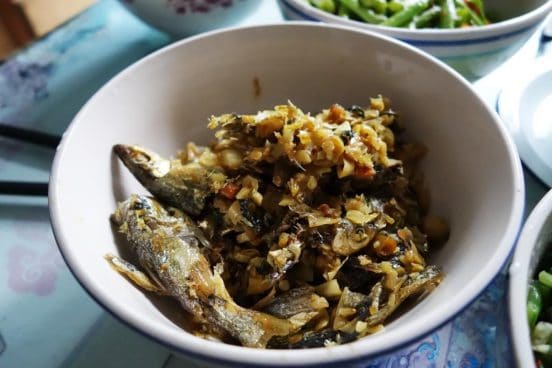When you think that chilli is about nothing but the ‘heat,’ let alone that hotter is better, it’s not surprising you might think that more is better. It’s not. And that’s because it’s all about the flavors of dishes.
There are some dishes (and perhaps, situations) that call for more chilli, for superhot chilli, or for both. In general, though, chilli cuisine aims for a balance. This is all the more important as different people (and even the same people at different times) ‘taste’ the pungency of chilli differently.
And yes, when a dish becomes so hot that it’s overpowering to its eater, then the flavors of said dish will take a backseat to the sweating and moaning caused by a burning tongue. If it’s only the tongue that’s burning.
This, however, is basically the same as would happen when you cook and add too much salt. An ingredient that actually enhances and contributes flavors, in excess, becomes a nuisance at best; it makes the whole dish inedible, at worst. With salt, however, we (particularly in the ‘Western’ world) have been trained to like very high levels; with chilli, we typically haven’t. Yet, anyways.
So, it’s a lack of ‘training’ and a failure of cooks to appreciate the desire and need for different levels of pungency that destroys flavors. The ingredient per se doesn’t.
In fact, different varieties (well, typically, pod types) of chilli add not only ‘heat,’ they bring different levels as well as kinds of pungency and also different aromas to it.

At the most basic level, this is beautifully shown by Hunan cooking’s preference for either green or red (or white) chilli of a certain kind (with a rather middling pungency), depending on whether it’s either rather grassy or sweeter notes, respectively, that are desired for the dish/ingredient in question. Green soy beans, for example: definitely green chilli. Stir-fried cabbage: definitely red chilli.
There’s also the influence of truly different types of chilli:
Whereas that type most liked in Hunan is of relatively neutral flavor, an ancho (which is one of the classical types used in Mexican mole, combined with chocolate) would contribute a ‘faster’ heat and has a very sweet note. Jalapeño is only mildly spicy, but of a different flavor again – and different again when smoked to become chipotle. Serrano, to stay with Mexican types, would give little aroma, but add a strong and distinct burn.
And so it goes. Some chilli types are quite similar to each other, some – or too much – can become overpowering, of course, but it’s not that any chilli always destroys other flavors. They contribute, and they can do so excellently – but only when the cooks don’t think that there’s nothing to pay attention to when cooking with chilli, other than adding more.

Leave a Reply
You must be logged in to post a comment.